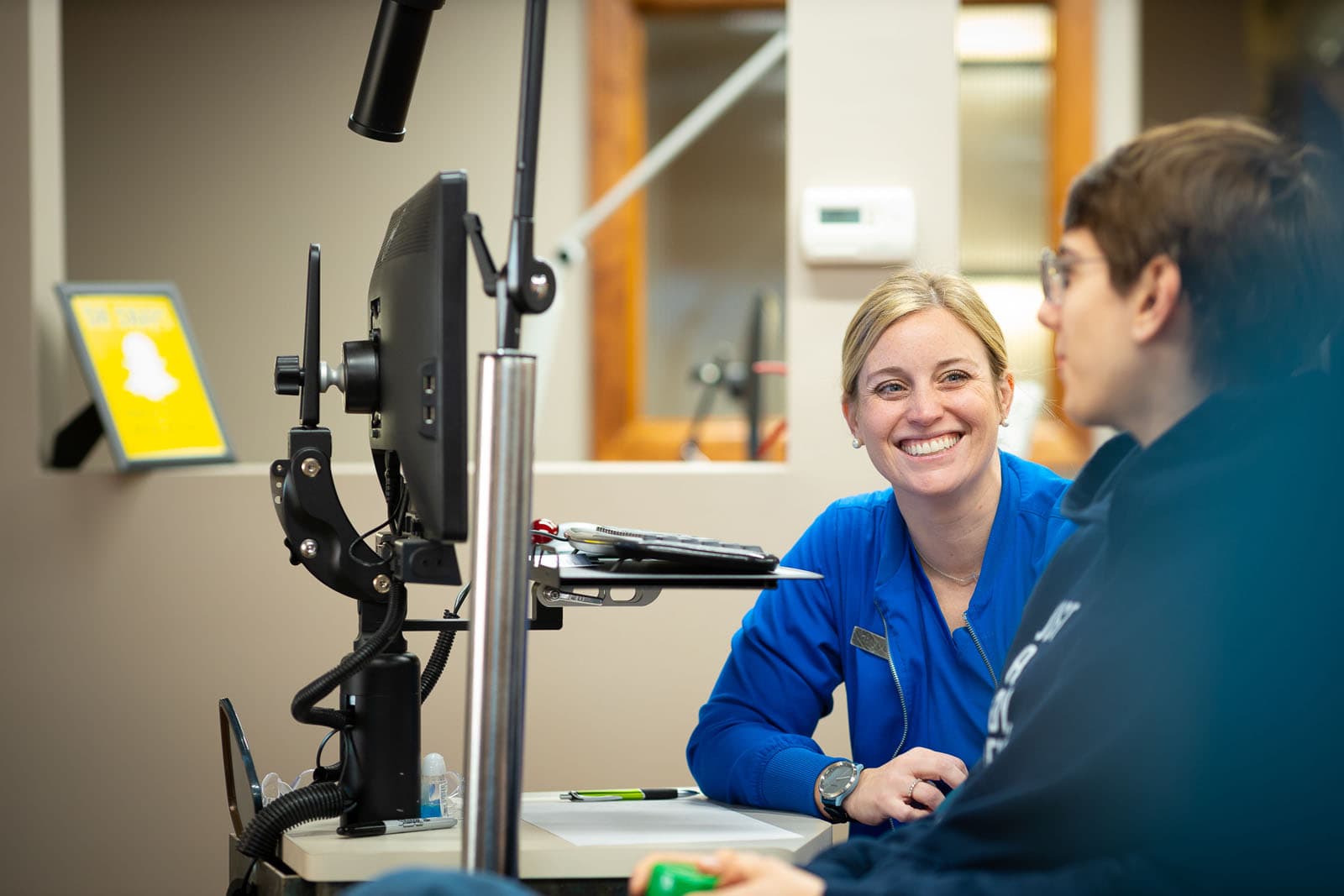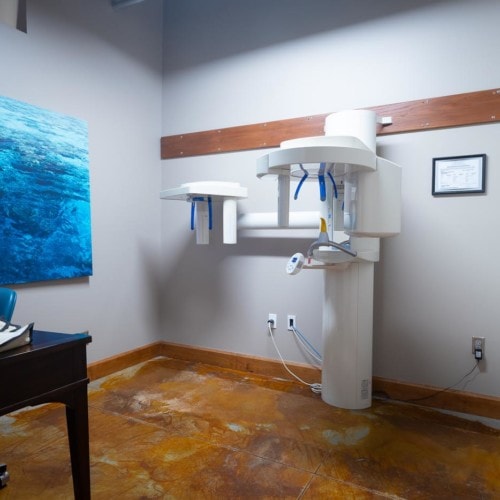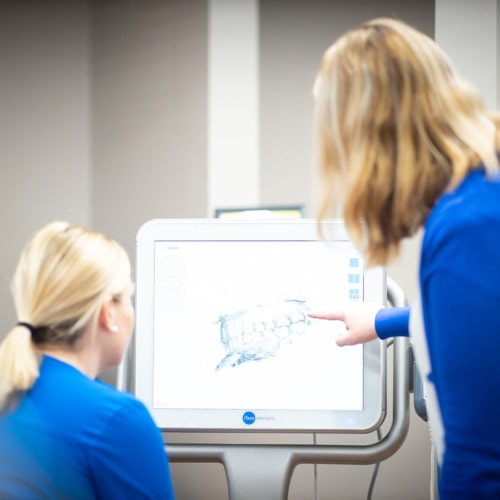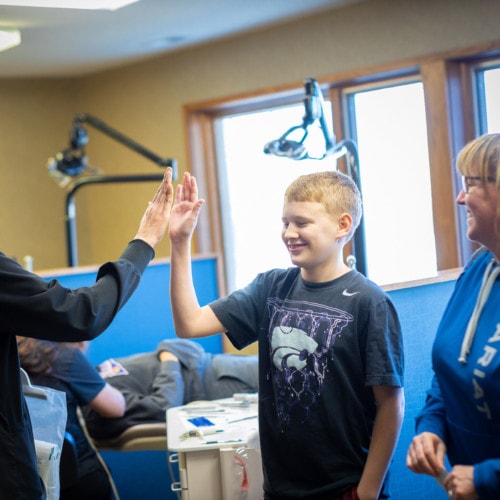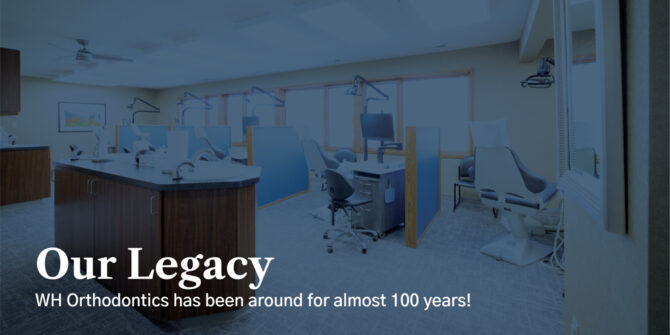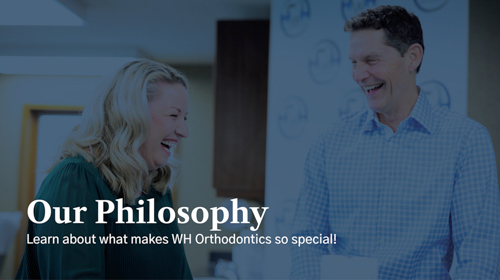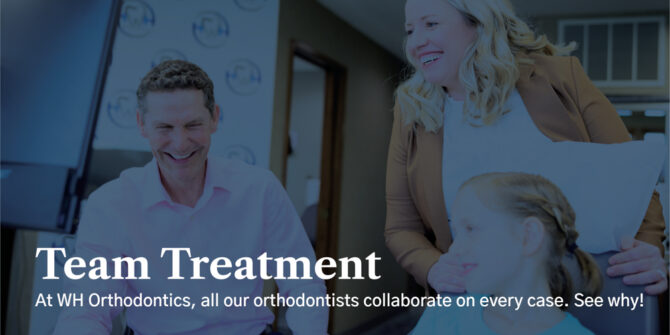The team at WH Orthodontics treats a variety of abnormalities with the teeth and jaw. Often referred to as malocclusions or bad bites, these irregularities are fairly common. They can impact how your teeth, mouth, and jaw functions during chewing and often talking.
Crowding
Sometimes your teeth are too large or your jaw is too small, creating a lack of space. When your teeth run out of space they crowd each other. Often the solution involved teeth removal or a palate expander. In serious cases of overcrowding, patients may need a surgical procedure.
Crossbite
A crossbite is a malocclusion where your upper teeth sit inside your bottom teeth. There are two variations of crossbites, posterior and anterior. When your upper teeth in the back of your mouth sit within the bottom teeth, it’s referred to as a posterior crossbite.
If the teeth in the upper front of your mouth are behind one or more of your bottom teeth it’s called an anterior crossbite. Typically, a crossbite happens when your upper and lower jaws are unaligned. This abnormality is most often fixed with a palatal expander.
Underbite
Underbites are essentially the opposite of overbites. They happen when your lower row of teeth overlap the upper row of teeth. In some patients, the lower teeth completely cover the upper teeth making the upper row of teeth bite into the bottom of your mouth. Underbites can be caused by thumb sucking, teeth grinding, overuse of bottles and pacifiers, genetics, TMJ, and habitual chewing. Commonly an underbite is treated with braces, teeth removal, palatal expanders, and in extreme cases surgery.
Open Bite
An open bite is when your lower and upper teeth do not meet when biting down, causing a gap between the two. Open bites are a symptom of thumb sucking, overuse of pacifiers in infants, TMJ, TMD, and jaw related malformations. Treatment for open bites include braces, Invisalign, and surgery. With children who still have most of their adult teeth, open bites can resolve themselves if the behavior creating the malocclusion stops.
Overbite
When your top row of teeth completely overlap your lower row, it’s called an overbite. Sometimes in overbites, the upper teeth completely cover the lower teeth causing your teeth to bite into the roof of your mouth. Overbites can be caused by genetics, teeth grinding, thumb sucking, overuse of pacifier/bottles, habitual chewing, and TMJ. Commonly an overbite is treated with braces, teeth removal, palatal expanders, and in extreme cases surgery.
Excessive Spacing
Essentially the opposite of crowding, excessive spacing or gap teeth is when there are large gaps between your teeth. Excessive Spacing is commonly caused by a difference in jaw and tooth size, an oversize frenum, trauma, or disease. It’s vital to fix these gaps because they can cause your teeth to shift out of alignment easily. Treatment for gap teeth include braces, Invisalign, and in cases of oversized frenums surgery
Abnormal Eruption
If your teeth are blocked from coming in fully they can grow in the wrong place of your gums, this is known as abnormal eruption. There are a number of things that can cause abnormal eruption to happen:
- Losing a primary too early (causing the new tooth to change paths) or too late (blocking the path for the new tooth).
- More adult teeth than necessary, an irregularity known as hyperdontia.
- Injury to the jaw or mouth.
- An overall small mouth without enough space for all your teeth.
- Less adult teeth than necessary.
Abnormal eruption may be treated with a minor surgical procedure prior to orthodontic treatment.
Orthodontist Topeka, KS
Orthodontic treatment helps to correct any misalignments you have, so you can improve your oral health as well as your overall health and boost your confidence. If you are interested in what we can do for you or you know you are ready for our orthodontic treatment, contact us to schedule your appointment! Let us create your perfect smile!

